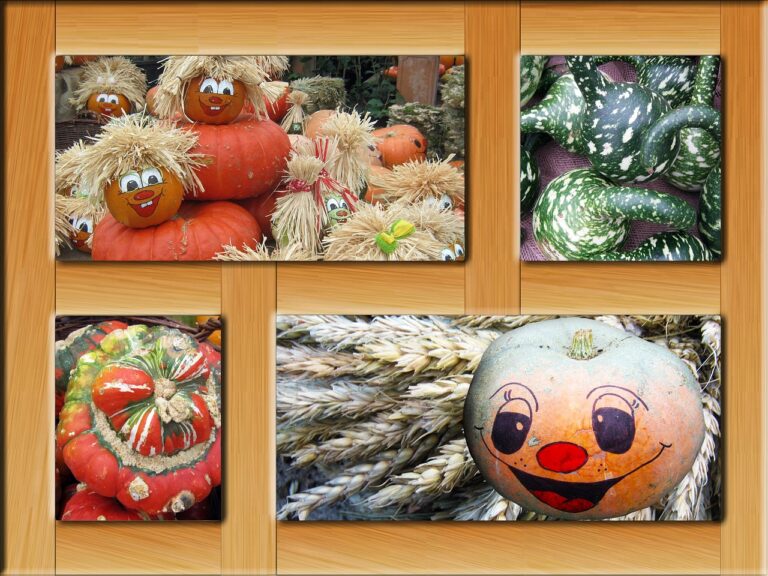Diversity in Animation: Representation and Inclusion on the Big Screen
Diversity in animation is crucial for creating content that resonates with audiences from all walks of life. One key factor in the development of diverse characters is the inclusion of varying cultural backgrounds, beliefs, and experiences. By representing a wide range of perspectives, creators can avoid stereotypes and provide a more authentic and relatable portrayal of diverse characters.
Another important factor to consider when creating diverse characters is to ensure that their identities are not defined solely by their diversity. It’s essential to develop well-rounded characters with complex personalities, motivations, and arcs. By focusing on creating characters that are multi-dimensional and fully fleshed out, animators can avoid tokenism and create stories that celebrate diversity in a meaningful way.
Challenges Faced in Achieving Representation and Inclusion in Animation
When striving to achieve representation and inclusion in animation, creators encounter a multitude of challenges. One common obstacle is the tendency to rely on stereotypes or clichés when developing characters from underrepresented groups. This can perpetuate harmful misconceptions and limit the depth and authenticity of diverse characters.
Additionally, the lack of diversity within the animation industry itself poses a major challenge. Without a diverse range of voices contributing to the creative process, it becomes difficult to accurately portray marginalized communities on screen. This lack of representation behind the scenes can hinder the development of inclusive storylines and character arcs that resonate with a diverse audience.
Impact of Diversity in Animation on Audiences
Diversity in animation positively impacts audiences by reflecting the world in which we live, showcasing a range of backgrounds, cultures, and experiences. When audiences see characters that look like them or share similar experiences, it fosters a sense of inclusivity and representation that is essential for a diverse viewership. Additionally, diverse characters help to break stereotypes and challenge societal norms, ultimately promoting acceptance and understanding among viewers.
Furthermore, the inclusion of diverse characters in animation has the potential to broaden audiences’ perspectives and encourage empathy towards people from different backgrounds. By showcasing diverse stories and characters, animation has the power to educate and create awareness about various cultures, identities, and challenges faced by marginalized communities. This can lead to a more empathetic and open-minded society that values and celebrates diversity in all its forms.
Why is it important to have diverse characters in animation?
Having diverse characters in animation helps to represent and reflect the real world, allowing audiences to see themselves represented on screen and promoting inclusivity and representation.
What are some key factors in creating diverse characters in animation?
Some key factors include considering different cultural backgrounds, identities, abilities, and experiences when developing characters, as well as consulting with diverse individuals and communities for authentic representation.
What are some challenges faced in achieving representation and inclusion in animation?
Some challenges include overcoming stereotypes and biases, addressing lack of diversity in the industry, and navigating cultural sensitivity when portraying diverse characters.
How does diversity in animation impact audiences?
Diversity in animation can impact audiences by promoting empathy, understanding, and acceptance of different cultures and identities, as well as providing representation for marginalized communities.







